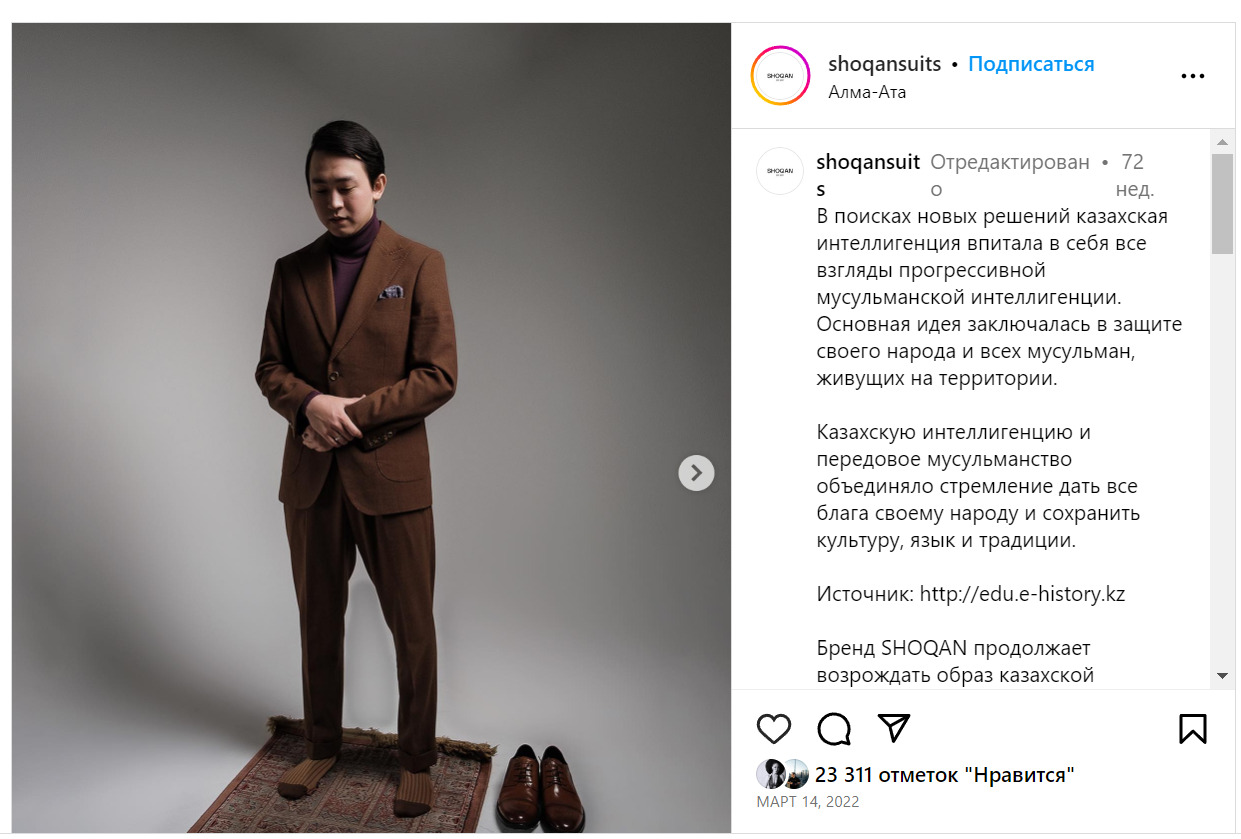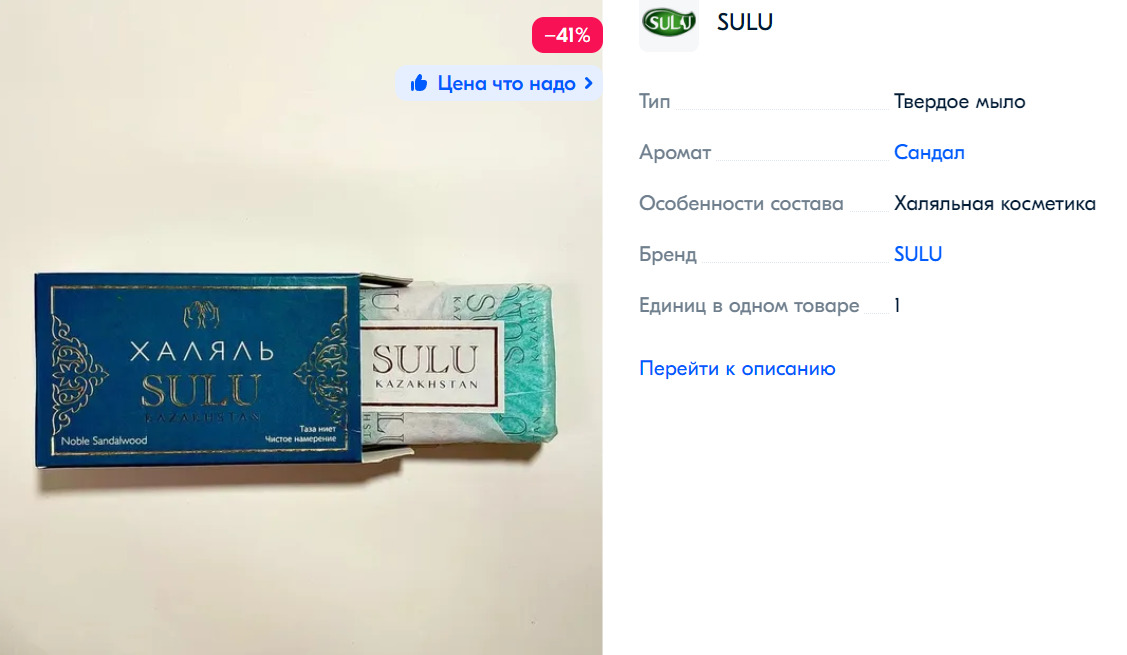In Kazakhstan, religious symbols have become the corporate marketing tools. Experts, interviewed by CABAR.asia, specify several reasons why it happens in the secular state.
God-level marketing

World famous brands have included religious allusions into their promotional campaigns for a long time. They usually become known due to their scandalous nature. For example, The Last Supper by Calvin Klein was considered as an insult of religious feelings and the brand had to pay out 1-million-dollar fine in a suit brought by the Catholic Church.

The reaction of commentators to the post was diametrically opposite. Some users were delighted with the message behind the publication.


However, there were those who did not approve of the approach taken:



The widespread use of the Halal sign (meaning it is allowed in Islam) has already become a steady trend in marketing different products. Previously, you could see the sign on food products only, now it is available on cosmetics, household items, and other commodities.
The line of products by Sulu contains a Halal toilet soap ‘Halal Sulu’. The slogan of this product, ‘Pure intention’, is linked to religion.
A powerful tool
Religion in marketing, according to Railia Kashapova, specialist in marketing and public relations of a Kazakhstan-based IT company, is appropriate only if the brand initially markets itself as a religious one.
“Speaking about companies that market their products via religion, it is beyond the pale,” Kashapova said.
Religious scholar Danil Buglov agrees with this opinion. He said about existence of products originally made to meet the needs of the religious people: clothing, special goods for worshipping (candles, icons, etc.). “In this case, religion is used by a brand as a tool to involve audience. On the other hand, these products serve to popularise the beliefs of a particular religious group. It is a kind of mutual benefit,” Buglov said.Members of one religious community can use services provided by a company of coreligionists only. It is a natural situation when there is a desire to support people like you, when religion serves as the guarantor of quality.
If the brand is not directly related to religion, it’s better to avoid using religious symbols in marketing campaigns. “Such an approach may turn into scandal,” Buglov said.
Moreover, according to Buglov, religion must not perform extrinsic functions. “There are various views on the nature of religious beliefs. But it is obvious that religion and its institutions have forms of activities different from the ones performed by commercial or political entities,” the religious scholar said.
The expert warns users: if religion is the only tool for the brand to involve sponsors, partners or customers, it’s worth thinking about the integrity of the marketing campaign. “Because religion is something trusted by the people, a special field of human life and a powerful tool of personal and public self-identity,” Buglov said.
The rise of faith
Railia Kashapova sees the reason for ‘religious’ marketing in the following: “Previously, many people in Kazakhstan looked up to Russia and tried to imitate their advertising. Now there is no such tendency for obvious reasons and there is a feeling that it is one of stages of organising the ‘Kazakhstan’ marketing.”The Islamic community has been growing during the years of independence of Kazakhstan. “Back in 1991 (the year of independence – Editor’s note), there were maximum 50 registered mosques, and today their number has exceeded 2,700. Therefore, religiosity as a phenomenon is more obvious in our country, including marketing,” Danil Buglov said. “Marketing specialists try to use this factor, but it’s not always appropriate and skilful.”
Albina Bunesku, marketing specialist, author of the sensational post “Behind the hijab story: how veiling has become a marketing tool for insta celebrities?”, refers to the same reason – recovery of religious traditions in Kazakhstan following the collapse of the Soviet Union. “Previously, people did not show their concern, and were afraid of their religiosity, but now this topic is no more a taboo and is even welcomed by many people,” she said.
Bunesku also cited the data of the department of religious expert examination of the Spiritual Administration of Muslims of Kazakhstan: 30-35 per cent of today’s young people of Kazakhstan practice Islam, perform salah.

“Today there are 6 million of young people aged under 35, meaning that 2.1 million people are active Muslims. Just imagine how big this audience is! It is super profitable to sell specific goods to this audience – Islamic clothing, alcohol-free perfume, halal products. Therefore, it is profitable to increase this audience by conveying a message that Islam is fancy. This is what we see now on social media when some popular bloggers start wearing hijabs all of a sudden,” the marketing specialist said.
Main image: Freepik.com

